smoothies, shakes & frappes
750 refreshing, revitalizing
and nourishing drinksSally Ann Berk
Photographs by George G. Wieser, Jr.
 Copyright 1995 Black Dog & Leventhal Publishers, Inc.
Copyright 1995 Black Dog & Leventhal Publishers, Inc. All rights reserved. No part of this book may be reproduced in any form or by any electronic or mechanical means including information storage and retrieval systems without written permission of the publisher.
Published by Black Dog & Leventhal Publishers, Inc.
151W.
CONTENTS
INTRODUCTION
Over the past several years, we have seen the popularity of canned and bottled juices, teas, and soft drinks soar.
CONTENTS
INTRODUCTION
Over the past several years, we have seen the popularity of canned and bottled juices, teas, and soft drinks soar.
Juice bars have become as ubiquitous as coffee bars. People are choosing to drink less alcohol, or are eliminating it completely, and are clamoring for variety in their choice of alcohol-free beverages. The California Health Bar Drink Guide offers over seven hundred alcohol-free, delicious, and healthy recipes for everyone. Everything from breakfast drinks to cocktail-style drinks is here for every palate. Fresh fruit punches and vegetable drinks, cold-weather hot drinks and hot-weather refreshers are all offered in easy-to-follow instructions. You no longer have to buy those beverages advertised as being made from the finest ingredients on the planet.
You can make your own. They will taste incomparably better because theyll be made with freshly-made juices and wont be loaded with unnecessary preservatives and sweeteners. Nature, in her infinite wisdom, has supplied us with lots of very sweet fruit. We dont need high-fructose corn syrup and neither do our kids. Many of the recipes in this book are quite adaptable to bartending. If you are entertaining, your guests who do not drink alcohol need no longer be limited to sparkling mineral water or cranberry juice.
With the addition of a few basic ingredients, your wet bar can make interesting and appealing alcohol-free cocktails to please any guest. Of course, we all indulge ourselves every once in a while, so I have included recipes for ice cream drinks and coffee drinks. Have fun with these drinks. Experiment with ingredients and make up some of your own recipes. After a while, youll have an idea of what ingredients mix well together.
A NOTE ON THE RECIPE NAMES
Anyone interested in California culture and history may notice that many recipes are named for people, places and things that are unique to California.
A NOTE ON THE RECIPE NAMES
Anyone interested in California culture and history may notice that many recipes are named for people, places and things that are unique to California.
I have done this for a few reasons. First of all, its fun. Secondly, I hope you will look up some of these names and read about the fascinating aspects of the history and culture of the Golden State.
INGREDIENTS
All ingredients, unless specified, should be chilled well.
FRUITS, FRUIT JUICES, AND PUREES
APPLES AND APPLE JUICE
The ubiquitous apple is a good source of vitamin C and pectin. If you have a juice extractor, you can make your own juice.
However, fresh, unfiltered apple juice is readily available at most supermarkets and natural food stores. Buy the kind found in the produce section or refrigerator case in plastic bottles; it is fresher and much more flavorful than the canned or unrefrigerated bottled juice. Fresh-pressed apple juice made without preservatives will keep in the refrigerator for about one week before starting to ferment. If you have the freezer space, you may want to stock up on the fresh juice being pressed from the fall harvest. The juice can be frozen in the plastic bottle for several months.
APRICOT JUICE OR NECTAR
This rich liquid, loaded with beta-carotene, potassium, and vitamins A, C, E, and K, is readily available in supermarkets and natural food stores.
Make sure that the juice you buy is sweetened only with other juices, if at all. You can also make your own with a juicer when apricots are in season in the summer. The best apricot nectar is called Star Valley Splash, made by Star Valley Farm in Vacaville, California. It is certified organic and tastes better than any other apricot juice Ive ever tried. It can be found at the local Farmers Market in San Rafael, Marin County, and at a few natural food stores in San Francisco. If you live in the Bay Area, its worth the drive to Marin to stock up.
If you dont, try to get a friend or relative who lives nearby to ship you some. This stuff is incredible.
BANANAS
Bananas are a critical ingredient in many smoothies. They add good flavor and thickness. A frozen banana helps give a drink an icy, frappe-like consistency Making frozen bananas is quite simple. Peel a banana, wrap it in plastic wrap and place in the freezer.
It will keep for several weeks. You cant juice bananas, but you can use them in your blender. They are full of potassium, as well as vitamins A, B-Complex, C, and E.
BERRIES (EXCEPT FOR STRAWBERRIES AND CRANBERRIES)
Raspberries, blackberries, boysenberries, marion berries, huckleberries, and blueberries are all good sources of vitamin C, magnesium and potassium. You can make berry puree in your blender or food processor, or juice them in a centrifugal juicer. Stock up on berries when they are in season.
They freeze well. Most supermarkets and natural food stores sell frozen berries year-round, and they work quite well in these recipes. Blueberry juice, made by After The Fall, is available in most natural food stores.
CHERRIES AND CHERRY JUICE
Most cherries, unless specified as sour, are very sweet little stone fruits. They are good sources of vitamin C and potassium. Unsweetened cherry juice is sweet enough without any additional sweetener, so it is the only kind called for in this book.
You can buy bottled unsweetened cherry juice or cider in a natural food store or supermarket. You can make your own cherry juice in a juicer, but it is very tedious to pit cherries and you get very little juice for a lot of effort.
CITRUS AND CITRUS JUICES
The citrus season in California starts around mid-November and continues until late February or early March. In addition to oranges, mandarin oranges, tangerines, tangelos, blood oranges, pomelos (Asian grapefruits), and many other varieties are in abundance at farmers markets, supermarkets and natural food stores. California citrus is shipped all over the world, so if you want to buy blood oranges or organic satsumas, ask your green grocer or produce manager to order them for you. There is simply nothing better than fresh citrus juice.
It is delicious and loaded with vitamin C, as well as B1. Electric citrus reamers are inexpensive and easy to use. All of these recipes recommend fresh squeezed juice. If you must substitute pre-made orange juice, use the juice packaged in milk cartons labeled not from concentrate found in the dairy case at supermarkets. Some supermarkets and natural food stores sell freshly squeezed, unpasteurized orange and grapefruit juices in plastic bottles. It is a little pricey, but worth it since it is usually as good as juice youd make at home.
The fresh-squeezed rule goes for limes and lemons as well. Do not use reconstituted juices. Some recipes call for Meyer lemons. These are lemons which are slightly sweeter than regular lemons. If you cant find them, add a little sweetener to fresh lemon juice.


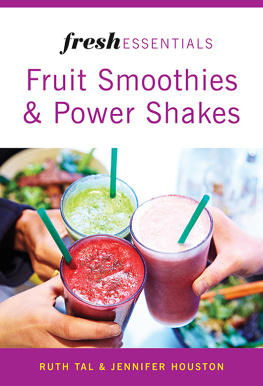
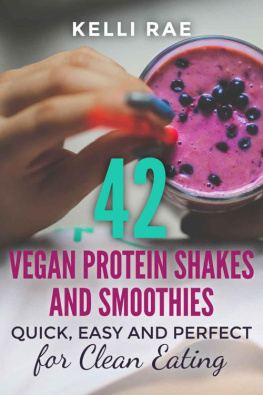

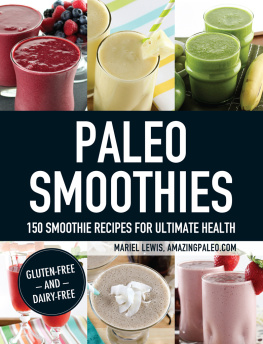
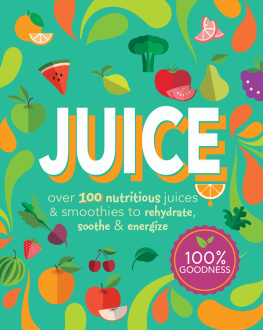
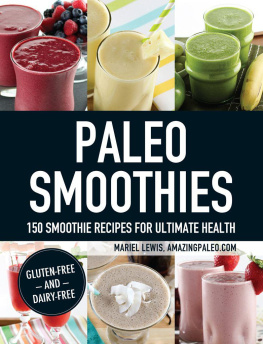
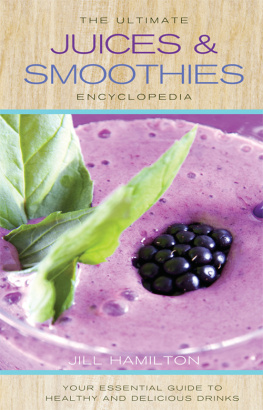
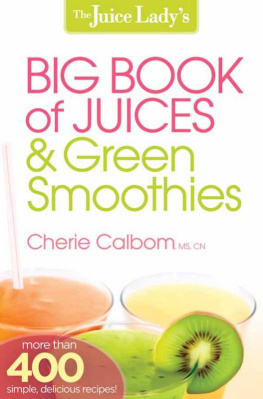
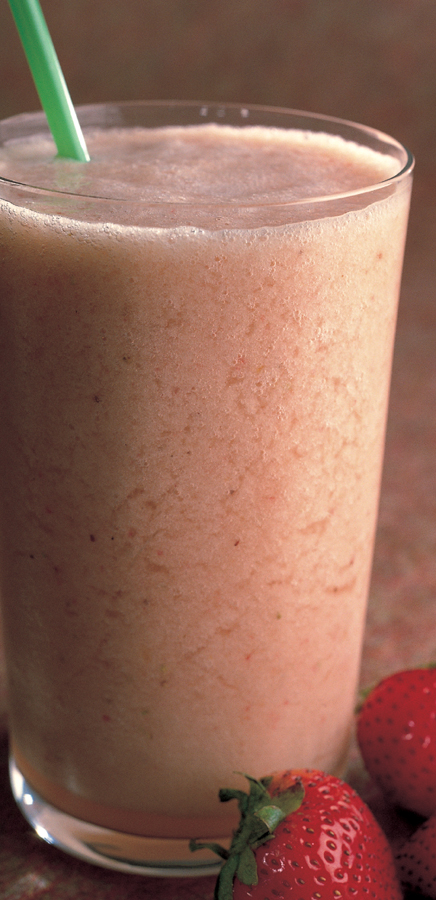
 Copyright 1995 Black Dog & Leventhal Publishers, Inc. All rights reserved. No part of this book may be reproduced in any form or by any electronic or mechanical means including information storage and retrieval systems without written permission of the publisher. Published by Black Dog & Leventhal Publishers, Inc.
Copyright 1995 Black Dog & Leventhal Publishers, Inc. All rights reserved. No part of this book may be reproduced in any form or by any electronic or mechanical means including information storage and retrieval systems without written permission of the publisher. Published by Black Dog & Leventhal Publishers, Inc.